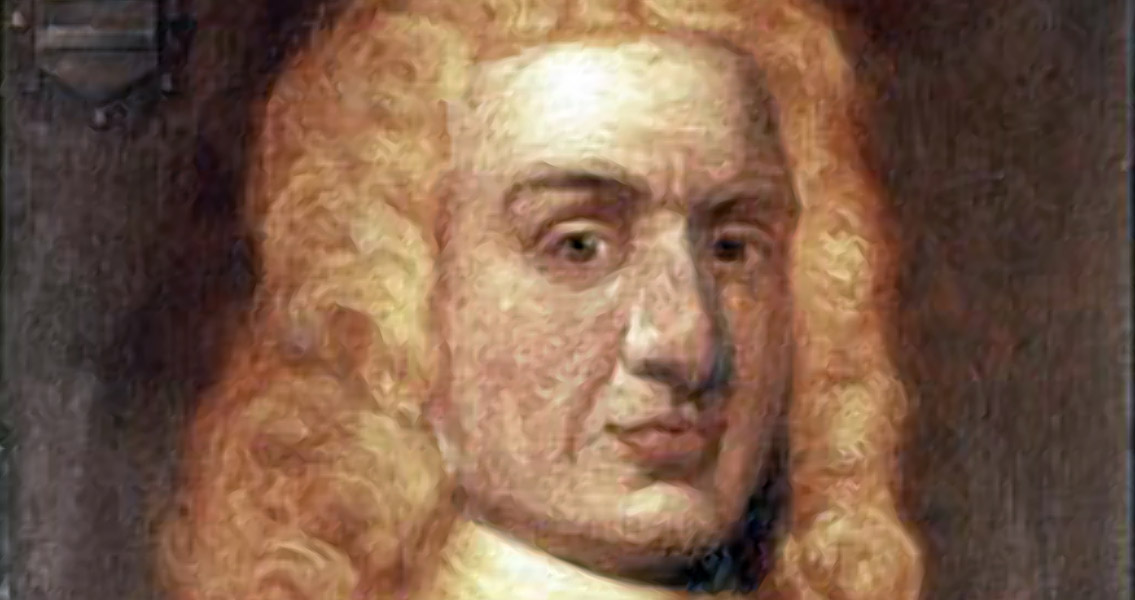<![CDATA[Privateer William Kidd was hanged for piracy and murder on 23rd May, 1701. His execution, at London's Execution Dock, Wapping, set a grisly example to other pirates at a time when attitudes to privateering were changing drastically. On the afternoon of the 23rd, Kidd, along with three other condemned men, was taken by horse drawn carriage from Newgate prison to the execution site in Wapping. At around five o'clock the marshal guarded carriage arrived at the gallows permanently set aside for pirates, located close to Wapping stairs. A large crowd had thronged around Execution Dock, revealing Kidd's notoriety at the time. Shortly before his execution Kidd was able to address the waiting audience, warning others to learn from his fate, and then, he was hanged. Kidd's body was transported to Tilbury Point, a location on the River Thames that would have been visible to a great deal of passing shipping traffic. The corpse was hung up in chains next to the river and left to rot and decompose, serving as a disgusting warning to others of the penalties for piracy. The gruesome death completed the transition in Kidd's life, or at least official perceptions of it, from state sponsored privateer to dangerous pirate. Born near Dundee, Scotland, in 1645, details of Kidd's early life and career are far from clear. It is believed he took a life on the high seas in around 1685. By 1689, there are records showing that Kidd was employed as a legitimate privateer for Britain against French shipping in the West Indies and off the North American coast. During this period the British government, like many of its imperial rivals, employed privateers to disrupt others' trade as much as possible, waging economic warfare against them. Kidd's life seemed a respectable one during the early 1690s. He relocated to New York and married a wealthy widow, owned property and his own vessel, and was regularly employed by the New York and Massachusetts colonial authorities to hunt rival privateers working in North American waters. In 1696 the beginnings of the collapse of Kidd's stable, affluent life set in, coinciding with changing attitudes towards state backed privateers. The Royal Commission dispatched Kidd to the Red Sea to protect British ships from piracy, with payment being taken from the cargo of the apprehended vessels. It proved more difficult than anticipated, and a few months into their mission Kidd and his crew still hadn't captured any pirates. The crew became increasingly restless, and the captain increasingly erratic. Perhaps fearing a mutiny, Kidd hit a crewmember, William Moore, with an iron bucket. The crewman died of his injuries, and Kidd became acutely aware that he needed to act to prevent a full blown insurrection on the ship. At some point in 1697 Kidd turned to piracy. Initially attacking only small, Indian ships; Kidd sealed his fate in January 1698, when his crew attacked an Armenian ship called the Quedagh Merchant. The 500 ton vessel was laden with gold, spices and other riches, providing a lucrative haul for Kidd and his crew. Unfortunately, it was partly owned by a minister in the court of the Indian Grand Moghul, who complained to the influential East India Company. Kidd suddenly found himself a wanted man. Seemingly believing he could clear his name on the basis that the vessel was a legitimate target, Kidd handed himself in, but he was undone by changing attitudes towards piracy. The support he expected from members of the political elite, such as his employer Lord Bellemont, never materialised. The trial had become a political event. The Tory party which dominated Parliament attempted to use it to attack the Whigs who had sponsored privateers, and the Whigs responded by turning on Kidd, attacking his character and reputation rather than defending it, to distance themselves from connections to piracy. In early May 1701, Kidd was found guilty of piracy and Moore’s murder, and sentenced to death. ]]>
William Kidd is Executed for Piracy
